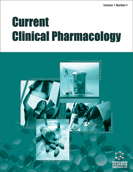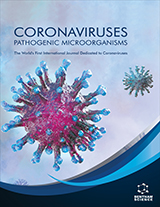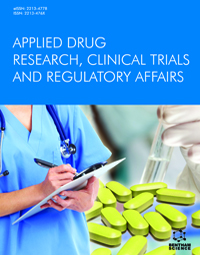Abstract
Herbs have been used as medicines from ancient times in the world. In the
present scenario, awareness and acceptability towards herbal medicines have been
raised tremendously due to their easy availability and few or no side effects.
Unfortunately, due to the lack of stringent regulatory guidelines for herbal drugs,
standard quality degradation may be associated with these herbal medicines through
either intentional or unintentional adulterations, spurious drugs, the substitution of
drugs with other drugs, etc. Hence, it becomes mandatory to control the quality
standards of herbal medicines as they are being used for the betterment of human
health. Improvements in various domains of herbal medicine have helped developed
countries, such as USA, UK, Australia and European countries, adopt this ancient and
enriched medicinal system leading to the “Herbal Renaissance”. Herbal medicines,
however, are associated with a number of shortcomings such as quality assurance,
safety, efficacy, purity, lack of appropriate standardization parameters, lack of accepted
research methodology and toxicity studies. Despite the availability of numerous
traditional quality control methods (e.g., thermal methods, HPTLC, HPLC, SFC) for
herbal medicines, owing to the lacunae, there is a prerequisite for newer approaches in
fostering quality parameters of herbal drugs. Chromatographic and spectral
fingerprinting, DNA fingerprinting and metabolomics can be used as newer approaches
to the authentication and standardisation of medicinal botanicals. Currently, the
computational In-Silico technique for standardization of phytochemicals is in trend
because of the number of pros like less time consumption, fast, and improved
efficiency of the entire process with excellent reproducibility.






















